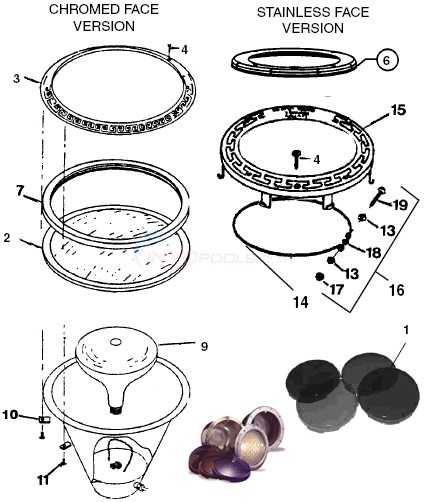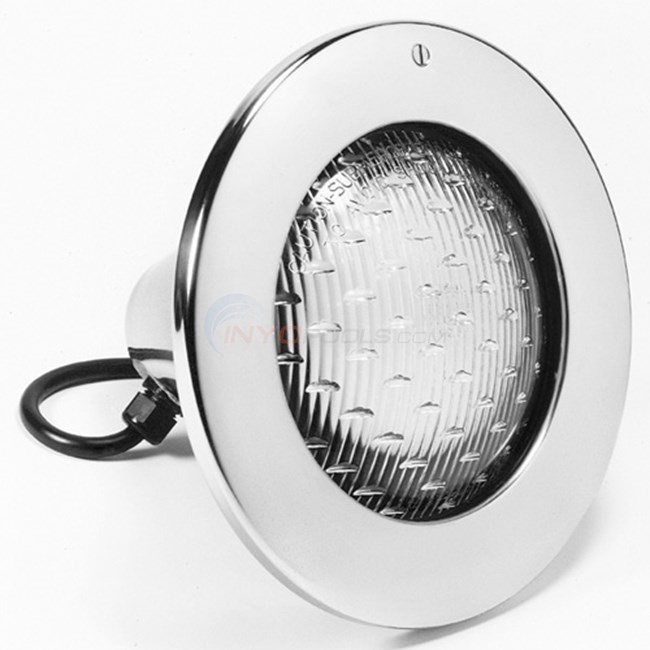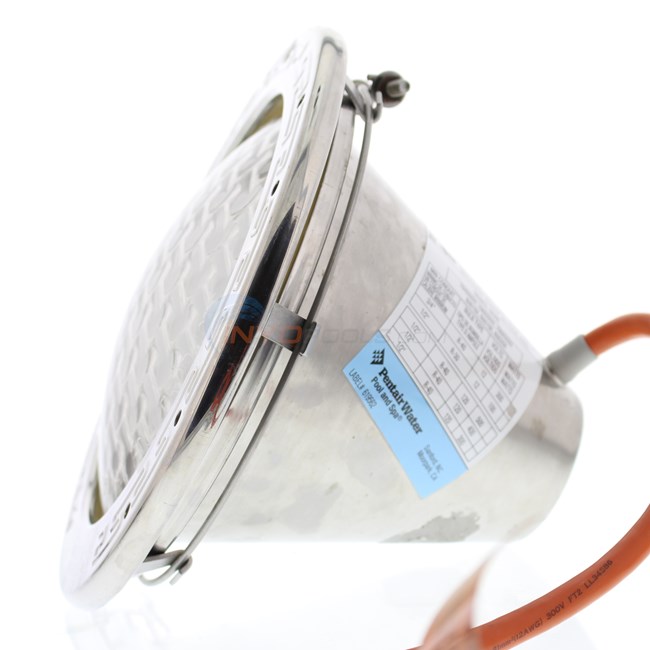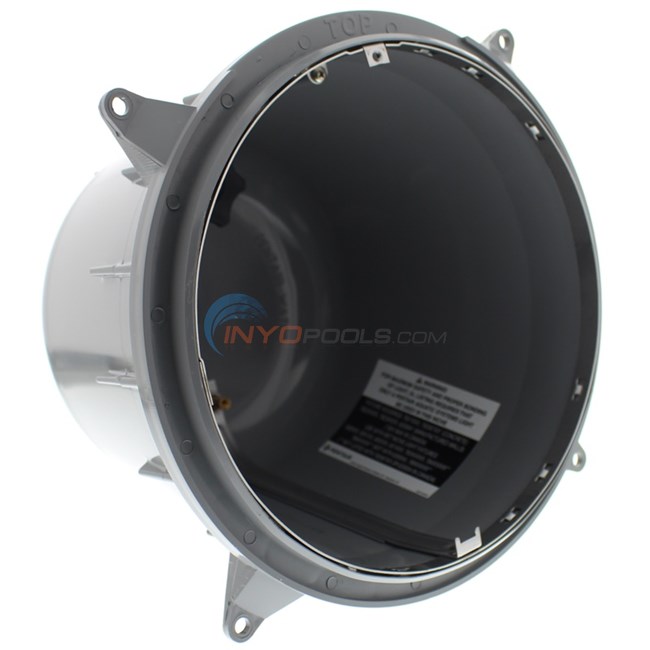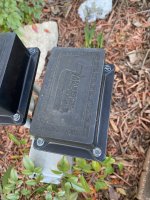 Junction Box Confusion.
Junction Box Confusion. I bought a new house with a pool and I am tackling one project at a time and learning more every day. Yes forum has been great.
My latest question: There is a light in my spa and another one in my pool. Neither of them work. I have assumed that the problem is the bulbs. There is a switch next to my equipment pad and breaker that does nothing so I have assumed it turns on and off the lights (still thinking the bulbs are burnt out)
Today, I noticed on a 4 x 4 pole, there are these two junction boxes as shown in the picture. Underneath them is an exterior electrical outlet. This is located a distance away from the equipment pad and pool so I assumed that has nothing to do with the pool. Today, I googled the manufacture of this junction box and it is actually a pool part. Pentair makes these junction boxes. Now I am confused. What are they? Do they have something to do with the lights. If so, is it possible that the switch next to my equipment pad goes to something else and these have something to do with turning on the lights?
I know this is all very random but I am confused as to why these junction boxes exist and why they are in a separate location from the rest of my equipment pad and electrical and pool.
If anyone has any thoughts, please share.


